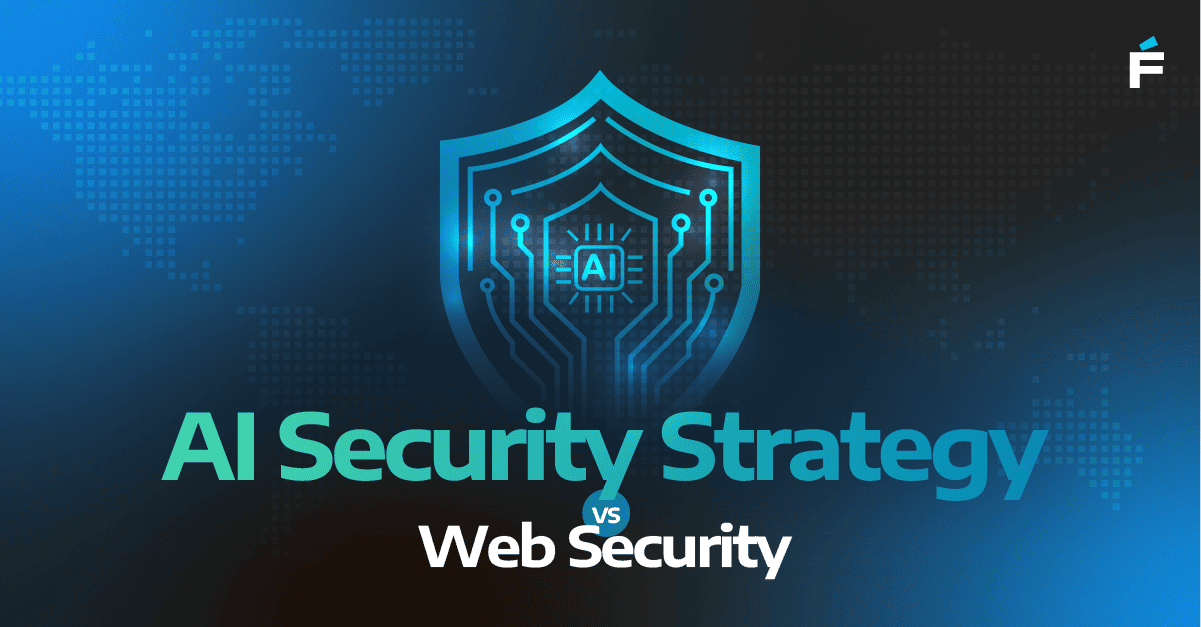Blockchain technology is reshaping the financial services industry, offering unprecedented opportunities to enhance security, transparency, and efficiency.
As financial institutions continue to navigate an increasingly complex regulatory environment, blockchain stands out as a game-changer, particularly in areas like transaction processing and compliance. With mounting pressure to reduce costs while maintaining high standards of security and trust, blockchain is increasingly becoming a vital tool for financial institutions looking to innovate and remain competitive.
Transforming Transactions with Blockchain
In financial services, safeguarding the integrity and security of transactions is critical. Traditionally, financial institutions have depended on intermediaries to manage and validate transactions, but this approach can be slow, expensive, and prone to fraud.
Blockchain technology, with its decentralized and immutable ledger, revolutionizes the way transactions are conducted. Each transaction on a blockchain is recorded in a block, which is linked to the previous one, forming a chain of records that cannot be altered or tampered with. This not only ensures the integrity of each transaction but also provides a transparent and auditable trail of all activities.
One of the key advantages of blockchain in transactions is the elimination of intermediaries. By enabling peer-to-peer transactions, blockchain reduces the time and cost associated with traditional transaction processing. This is particularly beneficial for cross-border payments, which often involve multiple intermediaries and currency exchanges, resulting in delays and higher fees. For example, remittances—where individuals send money across borders—can be completed in minutes rather than days, with significantly lower fees. Blockchain simplifies this process, offering faster, more cost-effective transactions with enhanced security.
Furthermore, blockchain platforms like Ethereum have introduced smart contracts—self-executing contracts with the terms of the agreement directly written into code. These contracts automatically enforce and execute agreements when predefined conditions are met, eliminating the need for intermediaries and reducing the potential for disputes.
Improving Compliance Efficiency
 Compliance is a fundamental aspect of financial services, and institutions spend significant resources to meet regulatory requirements. Traditional compliance processes, such as Know Your Customer (KYC) and Anti-Money Laundering (AML) checks, are often labor-intensive, involving the collection, verification, and storage of vast amounts of customer data.
Compliance is a fundamental aspect of financial services, and institutions spend significant resources to meet regulatory requirements. Traditional compliance processes, such as Know Your Customer (KYC) and Anti-Money Laundering (AML) checks, are often labor-intensive, involving the collection, verification, and storage of vast amounts of customer data.
Blockchain technology offers a more efficient and secure approach to compliance. With blockchain, customer information can be stored on a decentralized ledger that is accessible to authorized parties. This enables financial institutions to quickly verify customer identities and conduct due diligence without the need for repetitive data collection.
Moreover, blockchain’s transparency and immutability make it easier to track and audit compliance activities. For instance, once customer data is recorded on the blockchain, it cannot be altered, providing a reliable and indisputable record for compliance reporting. This not only reduces the risk of errors and fraud but also streamlines the process of generating compliance reports, saving both time and resources.
Additionally, the use of digital identities on the blockchain can significantly enhance KYC and AML processes. By establishing a single, verifiable identity on the blockchain, customers can reuse their identity across different institutions, reducing duplication and improving efficiency. Financial institutions can share this verified identity data securely, ensuring that all parties comply with regulatory standards without the need for repetitive checks.
Reducing Fraud and Enhancing Security
 Fraud remains a significant challenge in the financial services industry. Traditional systems are often susceptible to hacking, data breaches, and fraudulent activities. Blockchain, with its inherent security features, offers a robust solution to these issues.
Fraud remains a significant challenge in the financial services industry. Traditional systems are often susceptible to hacking, data breaches, and fraudulent activities. Blockchain, with its inherent security features, offers a robust solution to these issues.
Each transaction on a blockchain is encrypted and linked to the previous transaction, making it nearly impossible for unauthorized parties to alter or manipulate the data. Additionally, the decentralized nature of blockchain means that there is no single point of failure, reducing the risk of cyberattacks.
For financial institutions, the adoption of blockchain technology translates to enhanced security for their transactions and customer data. This not only builds trust with clients but also helps in complying with stringent data protection regulations. For instance, in supply chain finance, blockchain can be used to ensure that all parties in the transaction are verified, reducing the risk of fraudulent invoices or payments. This secure, traceable process helps to protect both financial institutions and their customers from potential losses.
Smart contracts further enhance security by automating processes and reducing the need for manual intervention. This minimizes the risk of human error and ensures that transactions are executed exactly as intended, without the possibility of tampering.
A New Era of Efficiency and Trust
Blockchain technology is revolutionizing the financial services industry by enabling secure, transparent, and efficient transactions. Its impact on compliance processes is particularly significant, offering financial institutions a more streamlined and reliable way to meet regulatory requirements while reducing costs.
As the industry continues to evolve, the adoption of blockchain will likely become a standard practice, paving the way for a new era of efficiency, trust, and innovation in financial services. Financial institutions that embrace blockchain technology today will be better positioned to navigate future challenges and capitalize on emerging opportunities in a changing landscape.



.png)

